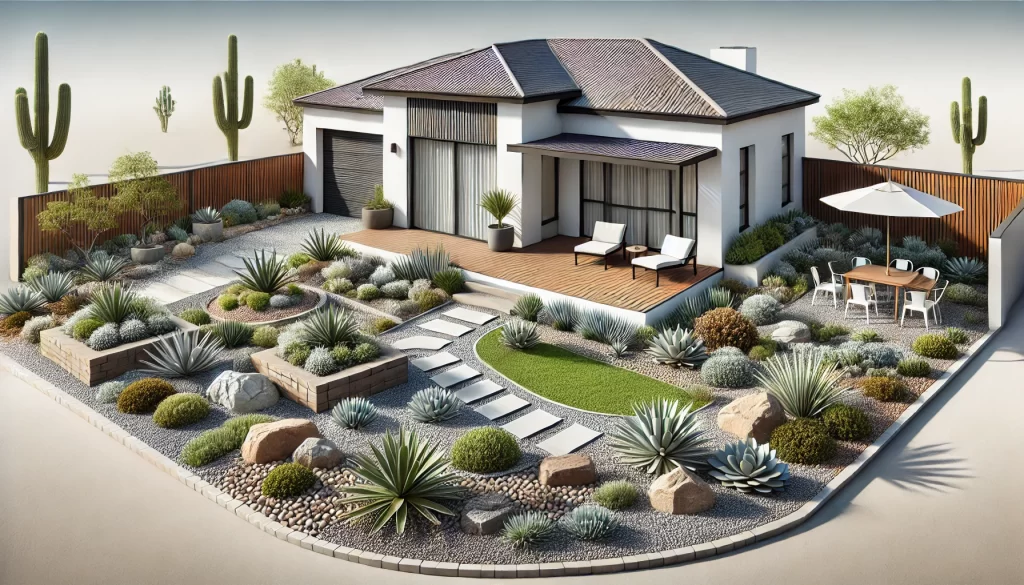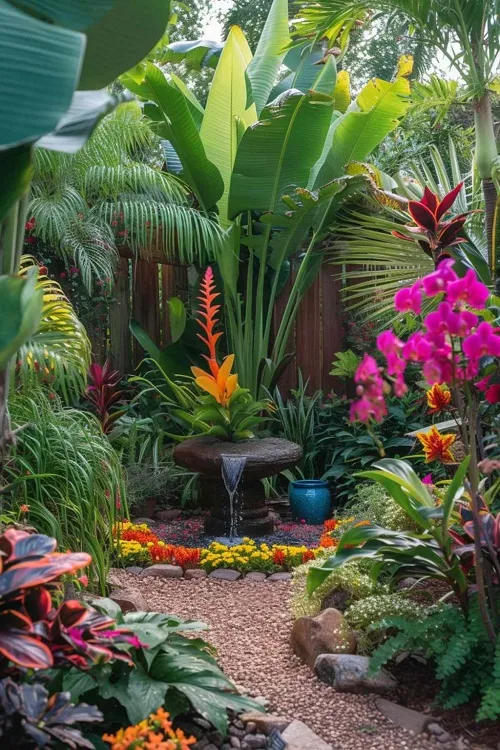Minimalist Landscaping: Creating a Simple and Elegant Outdoor Space
By Innovation Grounds
In today’s fast-paced world, many homeowners are seeking simplicity and tranquility in their outdoor spaces. Minimalist landscaping has become a popular trend, as it focuses on clean lines, open spaces, and a thoughtful selection of plants and materials. By embracing minimalist principles, you can create an outdoor environment that is not only easy to maintain but also aesthetically pleasing. Whether you’re starting from scratch or revamping an existing garden, this guide will help you create a simple and elegant outdoor space with minimalist landscaping.
What is Minimalist Landscaping?
Minimalist landscaping is all about simplicity, functionality, and beauty. It strips away unnecessary elements and focuses on key design features that enhance the natural beauty of the space. The goal is to create a serene, uncluttered environment where every element serves a purpose. Think of wide open spaces, clean lines, and a limited color palette—these are the hallmarks of minimalist landscape design.

Key Principles of Minimalist Landscaping
Simplicity is Key
In minimalist landscaping, less is more. Instead of overcrowding your outdoor space with too many plants, furniture, or decorative items, focus on a few high-impact elements. Choose a handful of plants that have striking features, such as evergreen shrubs or ornamental grasses, which provide texture and interest without overwhelming the space.Use of Clean Lines and Shapes
One of the defining characteristics of minimalist landscaping is the use of clean lines and geometric shapes. Pathways, garden beds, and patios are often laid out in straight lines or simple curves. Hardscaping materials like concrete, stone, or gravel are often used to create a sleek, modern look. By incorporating sharp edges and clear outlines, you create an organized and balanced outdoor environment.Neutral Color Palette
A minimalist garden typically avoids the use of vibrant or clashing colors. Instead, it embraces a neutral color palette with shades of white, gray, beige, and muted greens. This subdued color scheme creates a calming and sophisticated atmosphere. If you do choose to add color, select plants with subtle hues, like pale flowers or dark green foliage, to maintain the minimalist aesthetic.Low-Maintenance Plant Selection
Minimalist landscaping is not just about simplicity in design; it’s also about reducing maintenance time. Choose plants that are drought-tolerant and suited to your local climate to ensure your landscape requires less upkeep. Native plants are an excellent choice, as they thrive in the local environment and usually demand less water and attention.Negative Space
Negative space, or empty space, is an essential element of minimalist landscaping. The open areas between plants, paths, and hardscape features are just as important as the planted sections. By incorporating negative space, you give the landscape room to “breathe” and prevent it from feeling overcrowded or cluttered.

How to Implement Minimalist Landscaping in Your Yard
Plan Your Layout
Start by sketching a simple layout for your garden. Identify key areas, such as a patio or seating area, and decide where to place elements like pathways, flower beds, and trees. Remember that minimalist landscaping thrives on spaciousness, so avoid cramming too many features into one area.Choose the Right Plants
Select plants that complement your minimalist vision. Opt for plants with architectural qualities, such as succulents, ferns, or bamboo. These plants often have clean lines and a strong visual impact. Additionally, consider incorporating a few statement plants, such as a large ornamental tree or a sculptural plant, as focal points.Add Subtle Features
Minimalism doesn’t mean your yard has to be bare. You can enhance the space with subtle features like a sleek water fountain, a modern bench, or a simple fire pit. These additions provide functionality and visual interest without distracting from the overall aesthetic.Focus on Sustainable Practices
Since minimalist landscaping is about simplicity and sustainability, it’s important to incorporate eco-friendly practices. Use recycled materials for hardscaping, install a drip irrigation system to conserve water, and choose native plants that require minimal water and maintenance.

Benefits of Minimalist Landscaping
- Low Maintenance: Fewer plants and materials mean less upkeep, which is perfect for busy homeowners.
- Timeless Appeal: The clean, simple design of minimalist landscaping never goes out of style, ensuring your garden remains beautiful for years to come.
- Increased Property Value: A well-designed minimalist landscape can add curb appeal and increase the value of your home.

Final Thoughts
Minimalist landscaping is an excellent choice for homeowners who value simplicity, elegance, and low-maintenance outdoor spaces. By following the principles of minimalist design—such as using clean lines, a neutral color palette, and sustainable plant choices—you can create an outdoor retreat that is both beautiful and functional. Whether you want to transform a small backyard or redesign a larger garden, minimalist landscaping offers endless possibilities for crafting a serene and sophisticated space that suits your lifestyle.
Embrace the beauty of simplicity and start planning your minimalist landscape today!



